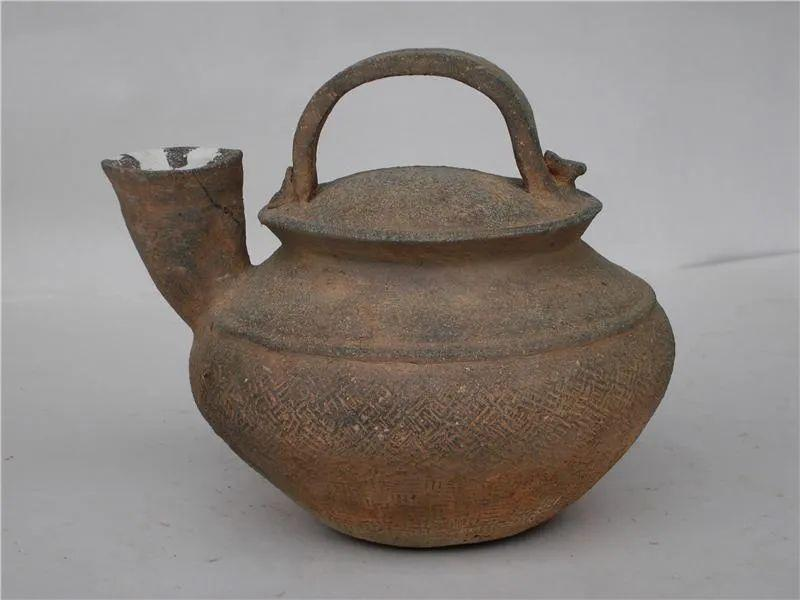Contemporary literary theorist Judy pointed out of early art:
"Art is a simple, simple object with many qualities, and although early works of art are composed of material materials like tools, they are different from tools. The material material qualities of early art have been melted into the image. ”
Decorative artworks such as fish-shaped accessories unearthed at the Zhangpingqi and cave sites, the budding of floating beauty, are the earliest works of art found in Fujian at present.
The pottery excavated from Zhangpingqi and Dong was fired between 10,000 and 7,000 years ago, including pots, kettles, pots, bowls, etc.
In the early period, the texture of pottery was mainly sand-filled pottery, which was mostly gray, and the types of pottery ornaments in the later period increased, and Jomon and carved checkered patterns and grid patterns became the mainstream.
Tao, while being used as a tool for production and life, was gradually endowed with artistic attributes by the ancestors.
Pick up a handful of dirt, first make a round pottery cake, and then pinch out a human-shaped pattern on the slightly convex back - slightly concave eyes on the upper part, a slightly concave mouth on the lower part, a slightly convex nose bridge in the middle, and slightly protruding parts on the left and right sides to represent both ears, and then pinch and then fire.
This pottery human-shaped artwork found in Qihe Cave dates from 9,000 to 7,000 years ago.
It is recorded in the "Shuwen Jie Zi": "Wen, wrong painting, like intersecting text." Imasakuri. ”
Not only the pottery unearthed in Qihe Cave, but also the Fujian ancestors who broke their tattoos long ago incorporated their aesthetic preference for "ornamentation" into the production of pottery, and "printed pottery" became an important feature of Fujian prehistoric pottery.
About 150 kilometers from Qihe Cave, the Nanshan site of Chengguan Township, Mingxi County (6000 to 4300 years ago) is rich in cultural remains, divided into five cultural periods.
Since the second period of remains, pottery with zigzag patterns, swirl patterns and other printed patterns has appeared; By the third to fourth periods, the types of prints of pottery were gradually enriched, including back shape plus dot pattern, fence pattern, checkered pattern, leaf vein pattern, mat pattern, etc.
The process of making pottery by the ancestors is restored in the exhibition hall of the Tanishishan Site Museum. Source: Tanishishan Ruins Museum
Located in the lower reaches of the Minjiang River, the site of Tanshi Mountain has also found a large number of printed pottery - the surface of the pottery is printed with zigzag patterns, rope patterns, checkered patterns, leaf veins, wavy patterns, etc.
Do these geometric ornaments come from the totem worship of snakes by the ancestors of the Min people, so they imitate snake patterns? Or is it the description of the ripples of water that can be seen day by day by the Fujian people? There is no way to know today.
But we can clearly touch the context of the evolution of Min pottery craftsmanship in ancient times from archaeological discoveries - after the firing of early printed soft pottery, about 4300 years ago, the Tanshishan people fired printed hard pottery. The so-called printed hard pottery is a kind of pottery with geometric patterns on the surface concentrated in the southern region of China, especially in the southeast coastal area in the Neolithic period.

